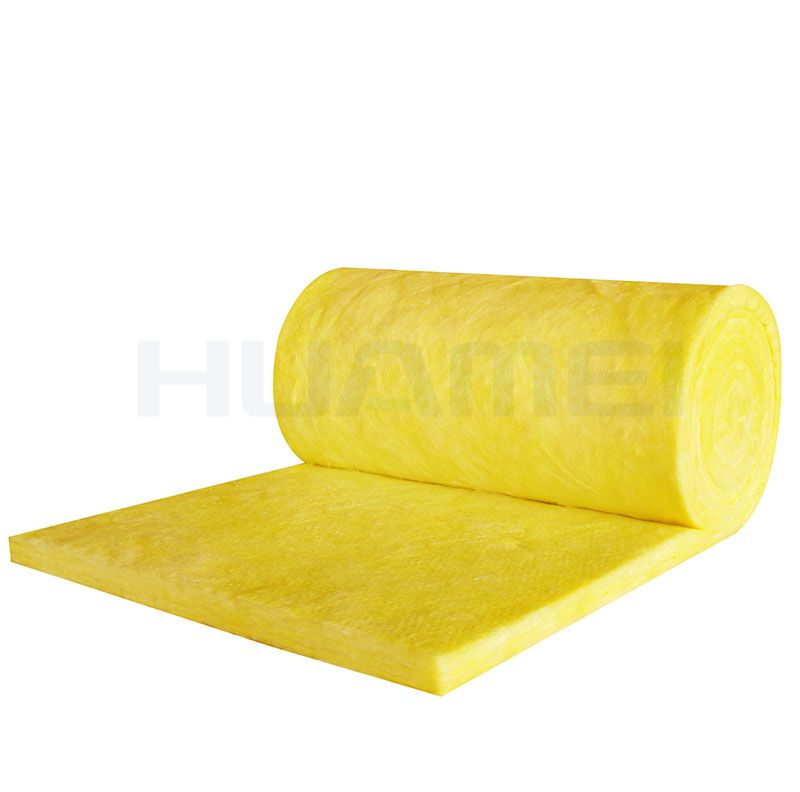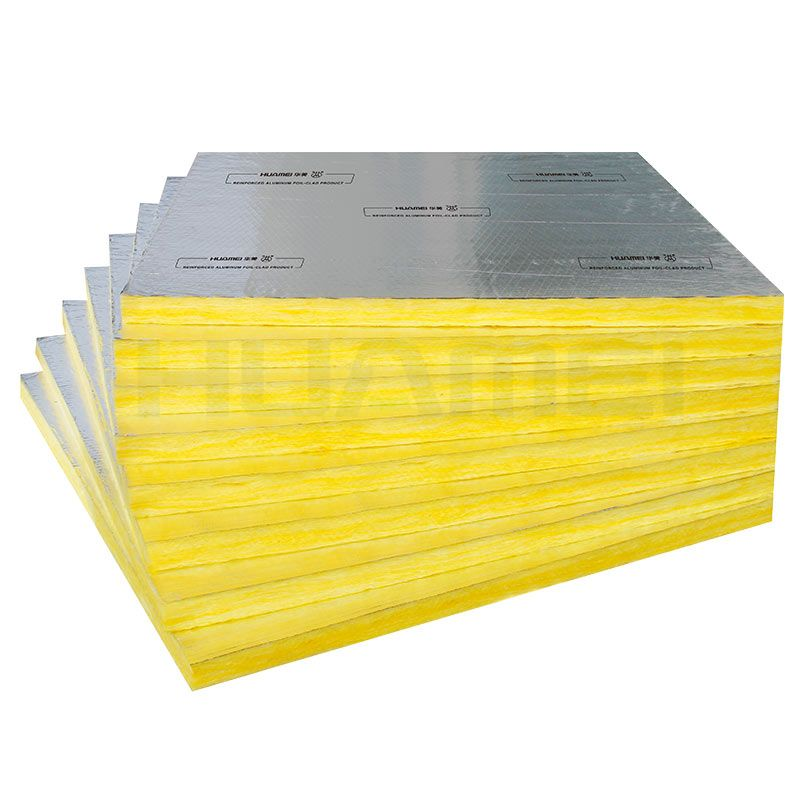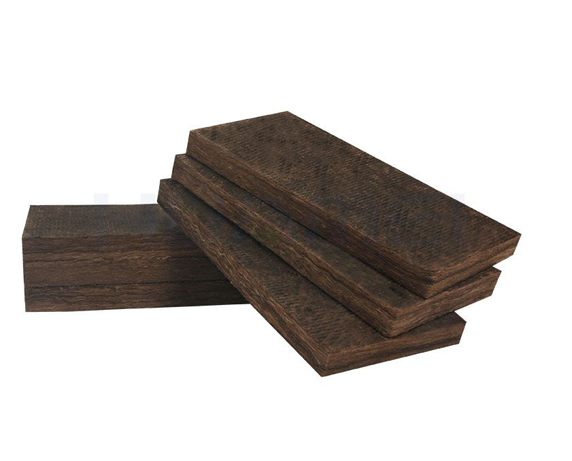E-mail: marketing@hbhuamei.com
Making the final correct choice of insulation is never easy and straightforward, as many factors need to be considered in order to choose the most effective solution. All available insulation products have their advantages and disadvantages, depending on the area in which they are installed, external factors, climatic zones, humidity levels, accessibility of the space to be insulated, etc. This is why it is important to consider all aspects of insulation before making a final decision, as otherwise, you could risk an expensive project that ultimately does not achieve its intended purpose.
 GET Glass Wool
GET Glass Wool  GET Foil-clad glass wool
GET Foil-clad glass wool
The first thing we need to stress is that there is no "good" or "bad" insulation, as each product has its advantages and disadvantages compared to others, but a general comparative review can help you understand that some materials, although very efficient, are not This is due to certain other facts that need to be taken into account. To make your life easier, we will try to explain how to choose between glass wool and reflective foil insulation.

Glass fibre (or glass wool) is one of the world's most popular insulation materials and one of the most widely used products in the world. Its calming and easy installation, as well as its versatility (as it can be installed in almost any space), are probably the reasons for this. It is made from fine glass fibres, which are bonded by an adhesive added during the manufacturing process, and is usually packaged in rolls or blankets so that it can be installed almost anywhere - it can be rolled between roof or floor joints, inside walls or on ceilings.
Reflective foil insulation, on the other hand, is becoming increasingly popular because of its ability to reduce radiant heat. The reason why reflective foil insulation can often be used in roofs and attic spaces is that it reflects radiant heat from the sun and is therefore an excellent insulating material for insulation. Summer. It usually comes in the form of sheets or rolls of foil (aluminium foil is the most popular type of foil) which can be easily wrapped around joints or pipes.
To understand the basic difference between these two insulation types, apart from their softness, you need to understand that heat is transferred in three basic ways, namely convection, conduction and radiation. Well, the insulation mentioned above is designed to reduce and stop convective and conductive heat transfer, while its counterpart is primarily used to stop radiant heat transfer. Basically, radiant heat transfer can be stopped either by absorption (certain materials will absorb heat) or by reflection (by reflecting sunlight, for example, rather than letting them pass through).
As the name suggests, reflective foil insulation reflects radiant heat, which is important if you know that over 70% of the heat loss and gain in a building envelope comes from radiant heat transfer. This makes this insulation very useful in both winter and summer. On the other hand, alternative insulation is more effective in terms of convective and conductive heat transfer, which is why it is most commonly used to insulate internal walls.

Now that you understand the basic concepts of glass wool and reflective foil insulation, you need to understand their basic advantages and disadvantages.
the fact that it is one of the cheaper insulation materials, so there is no need to plan for much expense if this insulation is chosen
the additional fact that makes it cost-effective is that you can install it yourself without any professional help
it is much better at preventing convection and conduction heat transfer
it is easy to find and buy and has a lot of available information about its characteristics and the installation process.
it does not have the ability to stop radiant heat transfer
it is susceptible to moisture, dampness and mould, so additional protection is often required by installing a moisture barrier and a waterproof film.
it is completely safe for your health as it contains no harmful allergens that could be hazardous to your health
it is very durable, robust and lightweight.
it can easily be used in combination with other insulation materials
it prevents the transfer of radiant heat.
it is equally effective in preventing heat loss and heat absorption.
it is more expensive than alternative products
it cannot be used for convective and conductive heat transfer
It can be somewhat difficult to handle and install, depending on the installation space and material.
Copyright © Huamei Energy-saving Technology Group Co., Ltd. All Rights Reserved | Sitemap | Privacy Policy
Insulation solutions LIST: Insulation solutions LIST